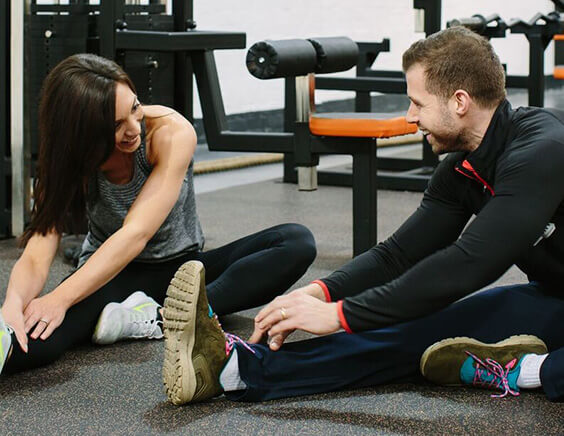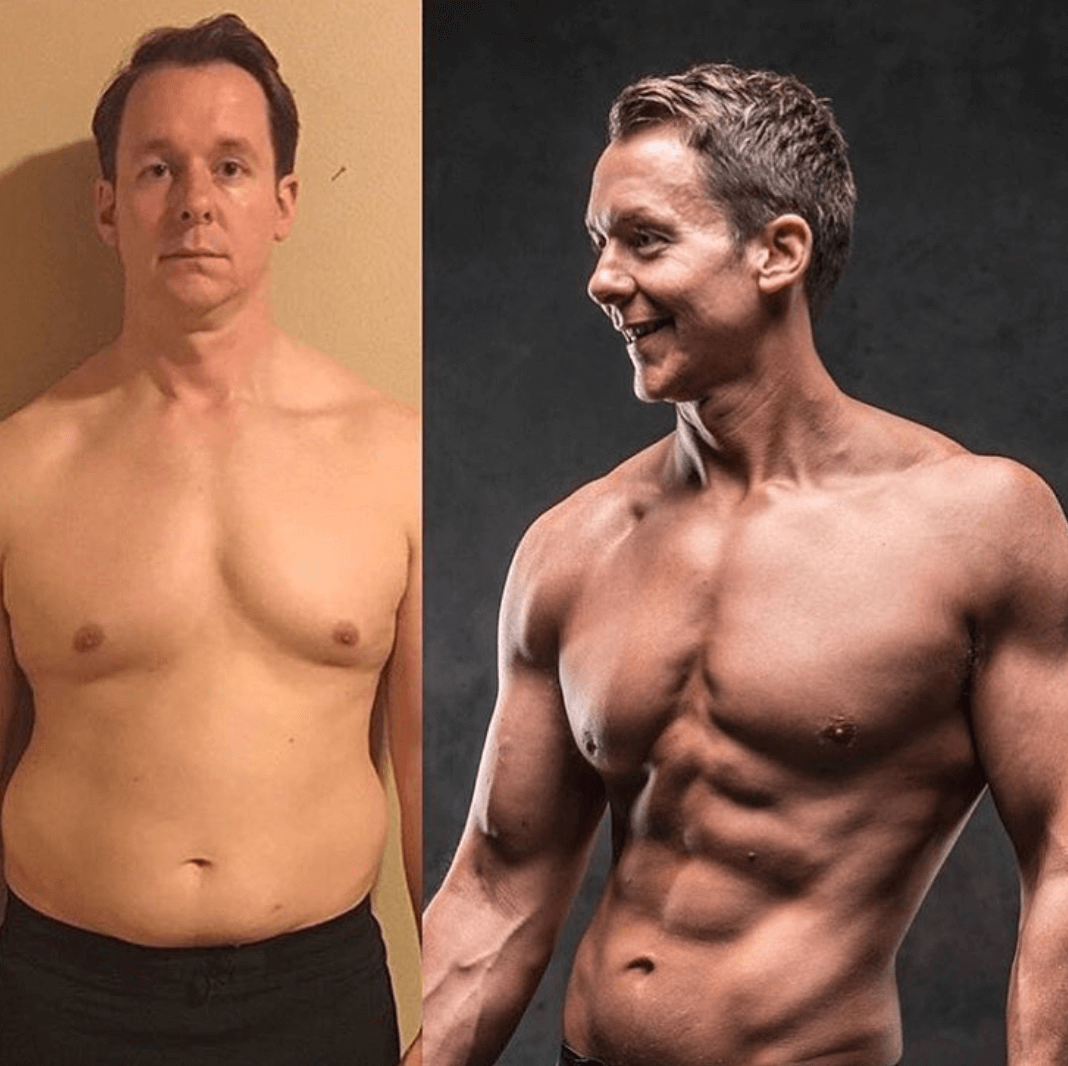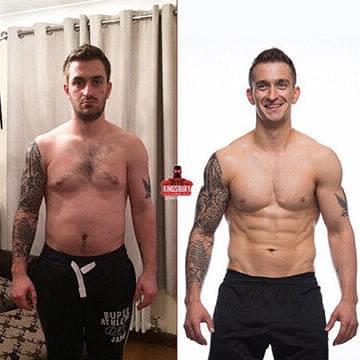Gyms up and down the country will be full of people working on different parts of their body. There will be people doing leg day, arm day, back day or any other combination of body parts. It’s easy to be swayed to think that’s how it should be done, and whilst it does have its merits, there is more to training than focusing on one limb at a time.
Full body workouts are a great way to give yourself a great workout, especially when you’re new to exercising. They also provide a great training stimulus, without placing too much volume on a particular muscle group. This limits the risk that you’ll overwork any one group, which may result in pain or soreness.
If you’re new to full body workouts, I’m going to take you through the movements and why you may find it beneficial than targeting particular areas of your body.

Practice Form First
It’s worth reiterating that the title of this post is ‘The Beginner’s Guide…’ so its a good idea to point out that much of what I talk about here may be new to you.
With that in mind, it may mean you’re still finding your feet in the gym and your coordination may be challenged at times. If that’s the case, my first bit of advice is not to to worry about it. By practising and rehearsing the movements needed will soon be like second nature to you. It’s then you’ll really start to see progress.
Until that day, it’s important to understand and practice even the most basic movements before pushing yourself with heavier and heavier weights. Practice makes perfect!
Work Your Major Muscle Groups
If you’re training, chances are you’re looking to increase the size of the muscles in your arms, chest or legs. Maybe you want to lose weight or perhaps you’re training for a particular sport or event. Either way, to build a killer physique you need to also build symmetry.
Full body training prevents muscular imbalances that can occur when you fixate on one particular muscle. To prevent this, work on the major muscle groups; i.e. the chest, back, hamstrings, glutes, quads, shoulders, biceps and triceps, rather than the smaller muscle groups like the forearms, calves and abs.
Muscular imbalances aren’t just a cosmetic consideration, it can also lead to some serious injury.
Multi-Joint Exercises Are Better Than Single-Joint Moves
Generally speaking, exercises are categorised into one of two groups; multi-joint and single-joint exercises. Multi-joint exercises means that two (or more) sets of joints are working to achieve the lift. Single-joint movements only work one. Remember that we’re talking here about joints, not muscles, although they obviously play a part too.
For example, a bench press is working both the elbow and shoulder joints, whilst a barbell curl is only using the elbow joint.
Because multi-joint exercises are engaging more muscles, you can use heavier weights. This will allow you to achieve more muscle and subsequent strength gains.
Multiple Sets Are Better
For all the research that has been done on resistance training, evidence points to the fact that doing 3-4 sets of any given exercise will give you the maximum benefit. Don’t just dive in though.
I would also recommend doing a warm-up set of whichever movement you’re doing before tackling heavier weights.
Have a Short Rest Between Sets
As you work your way through your sets, it’s only natural that your muscles will start to fatigue. The build up of lactic acid and the changes in pH around the muscle tissue will mean you’ll start to struggle.
Your body needs time to clear this build up, which usually takes about 2 minutes. This isn’t written in stone as larger body parts (legs and back) may take a little longer, whilst smaller parts (like the arms and calves) may take a little less. As a general rule of thumb, when you’ve had a chance to catch your breath, then you’re ready to start your next set.
Keeping your rest periods short also means that you’re adding a degree of intensity to your workout. Any increased intensity will be greater for burning fat and building muscle. As you get fitter and stronger and move on to heavier weights, don’t be afraid to increase your rest time, sometimes for up to 3 minutes.
Work In All Rep Ranges
Now we’ve talked about your sets, it’s time to discuss your reps. When it comes to reps, the question is “how much should you lift?”. Before we get there, it’s important to warm-up with lighter weights to get your targeted muscles in coordination.
From a beginner’s point of view, I would recommend choosing lighter weights at first so you can target around 15 reps per set. This should mean that the last few reps will be more difficult, but don’t let your form suffer just to lift them.
As you get stronger and the weights you start to use get heavier, then your reps can reduce to between 8 and 12. Again, good form is vital, so don’t sacrifice that just to lift more.
Stay In Control of the Rep
As I’ve suggested, your rep shouldn’t be judged just on its ability to lift a weight and but it back down again. How you do it is more important than just lifting for the sake of it.
You should approach a rep like this:
- Inhale and hold your breath as you lift.
- Lift the weight in a strong and forceful manner.
- Exhale over the top portion of the movement.
- Lower the weight under control as you breathe in.
- Reverse the direction smoothly at the bottom position.
- NEVER bounce the weight at the bottom (however tempting it might be).
Progressive Overload
It might seem silly to talk about progressive overload in a Beginner’s Guide, but it’s just as important.
By working on full body workouts, your body will start to respond to the training and become stronger. As your muscles get bigger, you need to increase your sets and reps to continue your progress.
If you do the same workouts, with the same weights, same reps and same sets, you’re going to plateau. When that happens you’re going to become demotivated and we don’t want that.
Instead, as you get stronger, aim to do more reps with your preferred weight or just increase the weight from one workout to the next. That’s progressive overload in action.
Plan Your Training AND Recovery
The reason we train is to create a body that we can be proud of and improve our physical health. Despite this, it’s easy to forget that the work we do in the gym begins a chain of events that involves damaging the muscle, so it can repair itself and come back stronger next time.
This process takes time, nutrients and rest. All three of these things are equally important, but many people underestimate the value of rest. No-one can, or should, train full-on every day. Most people plan their time at the gym, but not their rest periods, but they should.
Not eating the right foods and not resting enough is going to be counterproductive to your efforts to gain muscle. If you are going to target individual muscle groups, I would recommend not hitting the same muscle group more frequently than once every 2 days.
Consistency
I remember (just) what it’s like to be a beginner. I know how you feel. You want it all now but, let me tell you something, sadly it’s not going to happen. You will definitely notice some big jumps in strength in the first 8 weeks or so, but after that, progress will probably slow down. That’s perfectly natural. When that happens, it’s time to mix it up a bit.
When you reach this plateau, it might be time to split your training by re-arranging muscle groups and the number of exercises, sets and reps you do on particular days. This will give your training a fresh impetus and challenges you to overload target muscles.










